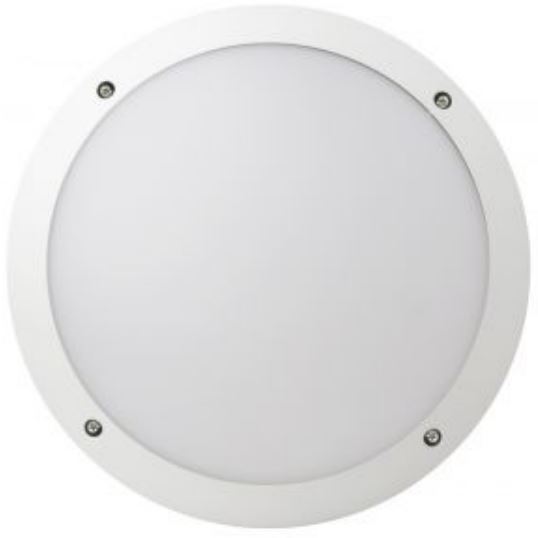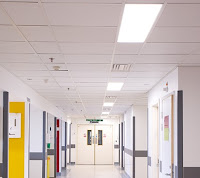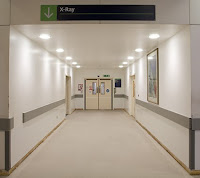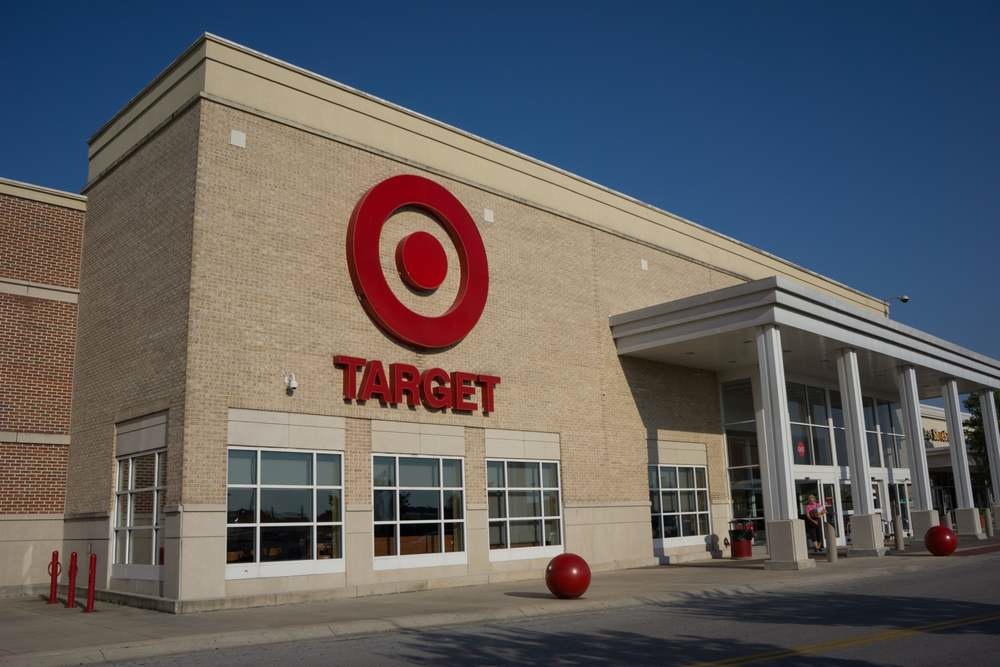Archive for November 2015
Fonda is ideal for use in car parks, stairwells, walkways, social housing and facades but is equally at home in warehouses and larger commercial buildings. The luminaires is also CE certified and covered by Megaman’s 3 year warranty.
fonda led · ip66 · led bulkhead · megaman · megaman fonda · Megaman LED · megaman lighting · Novel Energy Lighting
27
Thorn – Case Study – Chelsea & Westminster Hospital, UK
Comments off · Posted by admin in LED
For the UK National Health Service (NHS), a sustainable health and care system that works within the available environmental and social resources is the key to protecting and improving health now and for future generations.
This means working to reduce carbon emissions, minimising waste and pollution, making the best use of scarce resources, building resilience to a changing climate and nurturing community strengths and assets. Chelsea and Westminster Hospital NHS Foundation Trust is one of many NHS facilities with a series of new build and refurbishment projects.
Lighting targeted for significant energy reduction
The right partners, solutions and commitment to excellence
Setting the scene for the future
hospital led · hospital lighting · Novel Energy Lighting · thorn aquaforce · thorn cetus · thorn led lighting · thorn leopard · thorn omega
At a special Lux Review conference on road tunnel lighting in association with Holophane and Carandini, experts explored issues including LEDs, controls and driver safety in tunnels
led controls · LED lamps · led lighting · led tunnel lighting · Novel Energy Lighting · tunnel lighting
25
LA unveils world’s most advanced streetlights
Comments off · Posted by admin in Uncategorized
Los Angeles’ streetlighting network boasts wireless monitoring and control and 4G connectivity to boost cellphone performance. PLUS: Why Helena Bonham Carter is more intimate with connected LED lighting than most! Lux Today Nov 17 2015 is presented by Courtney Ferguson.
led lighting · led streetlights · Novel Energy Lighting · street lights
25
Target’s IoT trial expands to 100 stores
Comments off · Posted by admin in LED, LED downlights
internet of things · iot · led ceiling lights · led lighting · lifi · lux · Novel Energy Lighting · target stores · visible light communication · vlc






